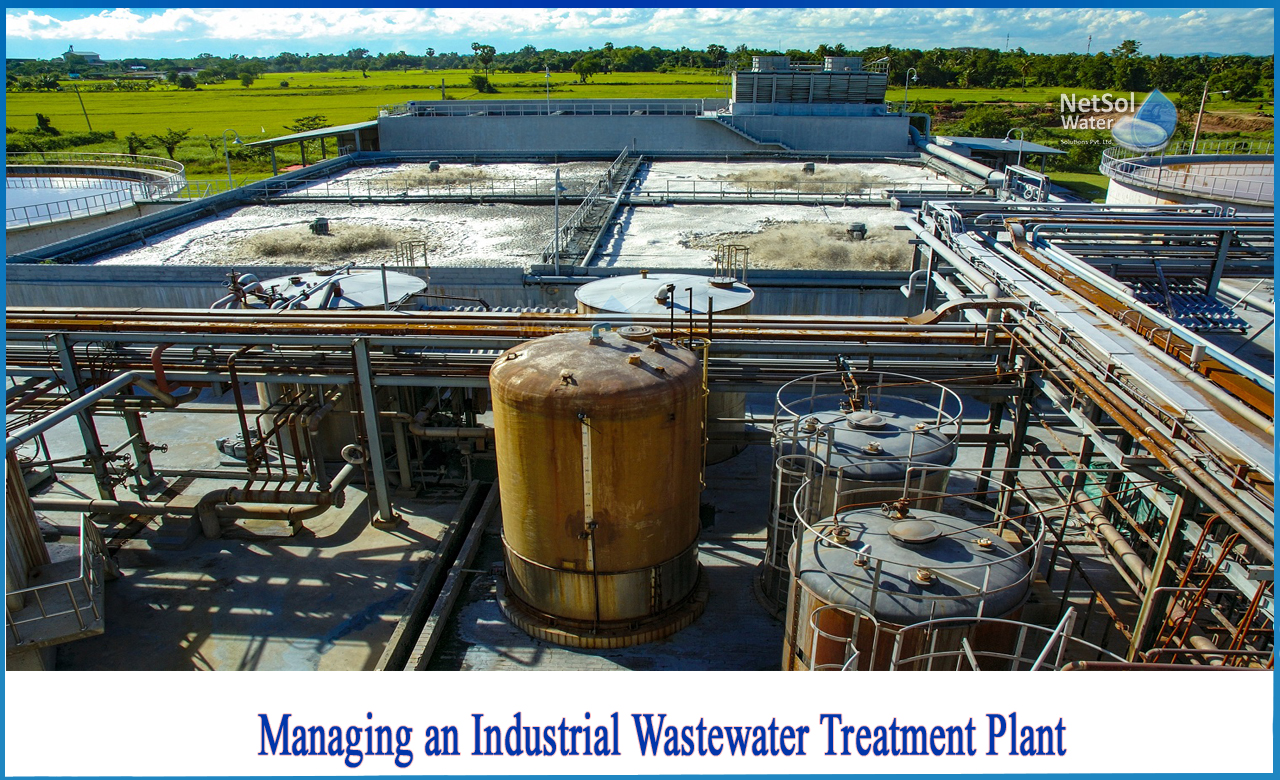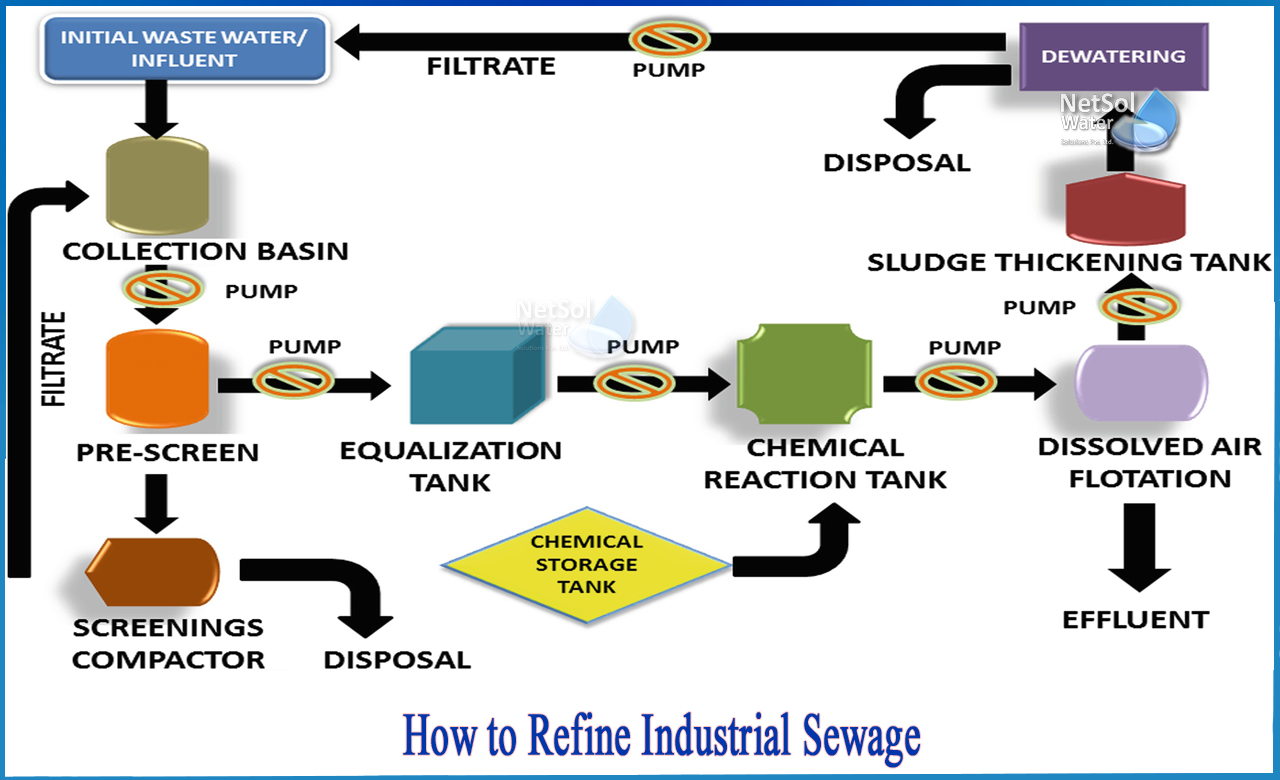Difficulties and Solutions in Hazardous Waste Water Therapy
The treatment of commercial wastewater presents a diverse variety of challenges, varying from strict regulative conformity to the ins and outs of price monitoring and technological restrictions. The variability in waste composition additionally complicates the performance of traditional therapy approaches, commonly causing intensified operational expenses. Nevertheless, emerging services such as sophisticated oxidation procedures and ingenious funding models reveal pledge in addressing these issues. As markets grapple with the requirement for sustainable practices, the question remains: what strategies will ultimately lead to an equilibrium in between compliance, cost-efficiency, and environmental responsibility?
Regulatory Compliance Obstacles
Exactly how can commercial facilities browse the complex landscape of regulative conformity in wastewater treatment? The governing framework regulating wastewater management is diverse, usually differing by territory and type of market.
To successfully handle these conformity difficulties, centers ought to apply robust tracking and reporting systems that ensure real-time data collection and analysis. Normal audits and risk evaluations can recognize potential compliance spaces, enabling aggressive adjustments in therapy procedures. Employee training programs focusing on regulative expertise and best practices are vital to foster a culture of compliance within the company.
Furthermore, involving with regulatory firms can offer beneficial insights and make clear uncertain laws. Facilities might likewise take advantage of speaking with ecological experts that specialize in wastewater therapy compliance, guaranteeing that they remain informed of progressing laws. By adopting these methods, industrial centers can not only satisfy conformity needs but likewise boost their operational efficiency and ecological stewardship.
Price and Economic Barriers
Navigating governing conformity in wastewater treatment usually provides substantial economic challenges for industrial facilities. The expenses related to implementing necessary treatment innovations, keeping conformity with rigorous regulations, and handling operational costs can be discouraging. Several organizations face high initial capital investment for the building and construction or upgrading of wastewater treatment plants, which may strain budgets, particularly for little and medium-sized ventures.
Furthermore, ongoing operational costs, consisting of labor, maintenance, and chemical inputs, add to the financial problem. The unpredictability of changing energy costs and the prospective requirement for additional investments to meet evolving regulations worsen these financial pressures. In numerous cases, the lack of economic motivations or support from federal government bodies makes it a lot more difficult for businesses to justify financial investments in sophisticated treatment systems.
In addition, the financial stability of wastewater treatment services is frequently examined, especially for markets with limited revenue margins. It is vital for commercial facilities to check out affordable approaches, such as embracing cutting-edge financing alternatives, engaging in collaborations, and leveraging emerging modern technologies that can assist mitigate these economic obstacles while ensuring conformity with ecological requirements.

Technological Limitations
Numerous technical constraints impede the efficiency of commercial wastewater therapy processes. One significant obstacle is the insufficiency of existing treatment technologies to address intricate impurities. Many standard approaches, such as triggered sludge and chemical precipitation, battle with the removal of emerging toxins, consisting of drugs and microplastics. This limitation typically leads to the discharge of inadequately dealt with water, which can have destructive ecological impacts.
In addition, the scalability of treatment modern technologies presents a challenge. While some sophisticated approaches, like membrane purification or innovative oxidation, reveal pledge in regulated settings, their execution on a larger range can be practically difficult and much too expensive. Maintenance and functional intricacies even more complicate the adoption of these systems, particularly for smaller sized markets with limited technical know-how.
The combination of real-time surveillance innovations also continues to be inadequate in lots of therapy facilities. Without browse this site effective tracking systems, operators can not adequately examine therapy effectiveness or find possible failures, resulting in inconsistent effluent high quality. Subsequently, addressing these technological constraints via study and development, alongside investment in innovative solutions, is vital for improving the effectiveness of commercial wastewater treatment and ensuring regulatory compliance. Industrial Waste Water Treatment.
Variability in Waste Make-up
In the world of industrial wastewater therapy, the irregularity in waste structure provides a formidable challenge. Industries create wastewater with varied attributes, affected by variables such as production procedures, raw products, and operational practices. This diversification makes complex the treatment procedure, as traditional systems commonly have a hard time to effectively resolve the vast variety of pollutants present.
As an example, wastewater from food handling might consist of high levels of raw material, while effluents from chemical production might include heavy steels and hazardous substances. This variance requires adaptable therapy methods to ensure conformity with ecological guidelines and secure public health. In addition, fluctuations in waste make-up can occur with time, influenced by adjustments in production timetables, maintenance tasks, or the introduction of brand-new items.

Ingenious Treatment Solutions
Ingenious therapy options are essential for resolving the complexities of commercial wastewater management. Standard methods commonly fall short in properly eliminating a variety of impurities, particularly in centers with varied effluent streams. Current developments concentrate on integrating innovative modern technologies to enhance therapy performance and sustainability.
One encouraging technique is using advanced oxidation processes (AOPs), which take advantage of effective oxidants to degrade natural pollutants. AOPs, including photocatalysis and ozonation, can dramatically reduce harmful compounds and boost effluent top quality. Additionally, membrane bioreactor (MBR) innovation has actually gotten grip, combining biological treatment with membrane filtration, leading to high-grade effluent and reduced footprint.
Another innovative solution is the implementation of resource healing systems. Methods like anaerobic digestion not only treat wastewater however likewise create biogas, which can be used as a renewable resource resource. The fostering of fabricated knowledge and maker discovering designs can optimize treatment procedures by predicting variations in wastewater make-up, therefore boosting operational efficiency.
These cutting-edge remedies not only address regulatory compliance however also advertise environmental sustainability, leading the way for a much more reliable and resistant commercial ecosystem.
Conclusion
In conclusion, dealing with the obstacles of industrial wastewater treatment needs a diverse strategy that integrates regulatory compliance, expense monitoring, and technological developments. A dedication to constant improvement in treatment methods will inevitably add to the reliable monitoring of commercial wastewater and ecological protection.
The treatment of industrial wastewater presents a multifaceted range of difficulties, ranging from strict governing conformity to the ins and outs of cost administration and technical limitations. Industrial Waste Water Treatment.Navigating governing compliance in wastewater therapy frequently presents significant financial challenges for commercial centers. Resolving these technical restrictions with research study and development, alongside investment in cutting-edge remedies, is critical for boosting the effectiveness of commercial wastewater therapy and making sure regulative compliance
Wastewater treatment centers need to invest in robust surveillance systems and versatile therapy modern technologies capable of accommodating differing influent attributes.In final thought, dealing with the challenges of commercial wastewater treatment calls for a diverse method that incorporates regulative compliance, price administration, and technological innovations.